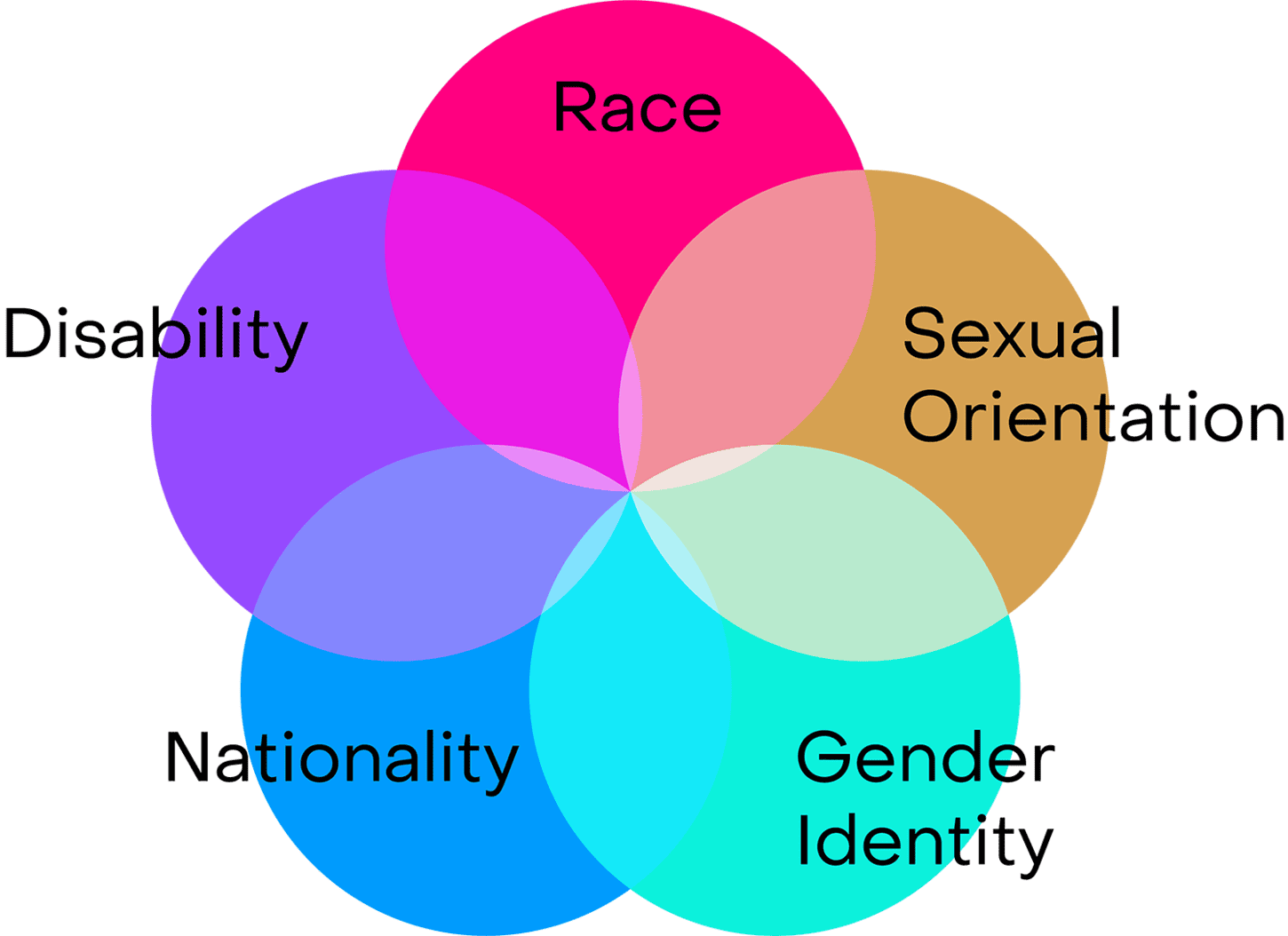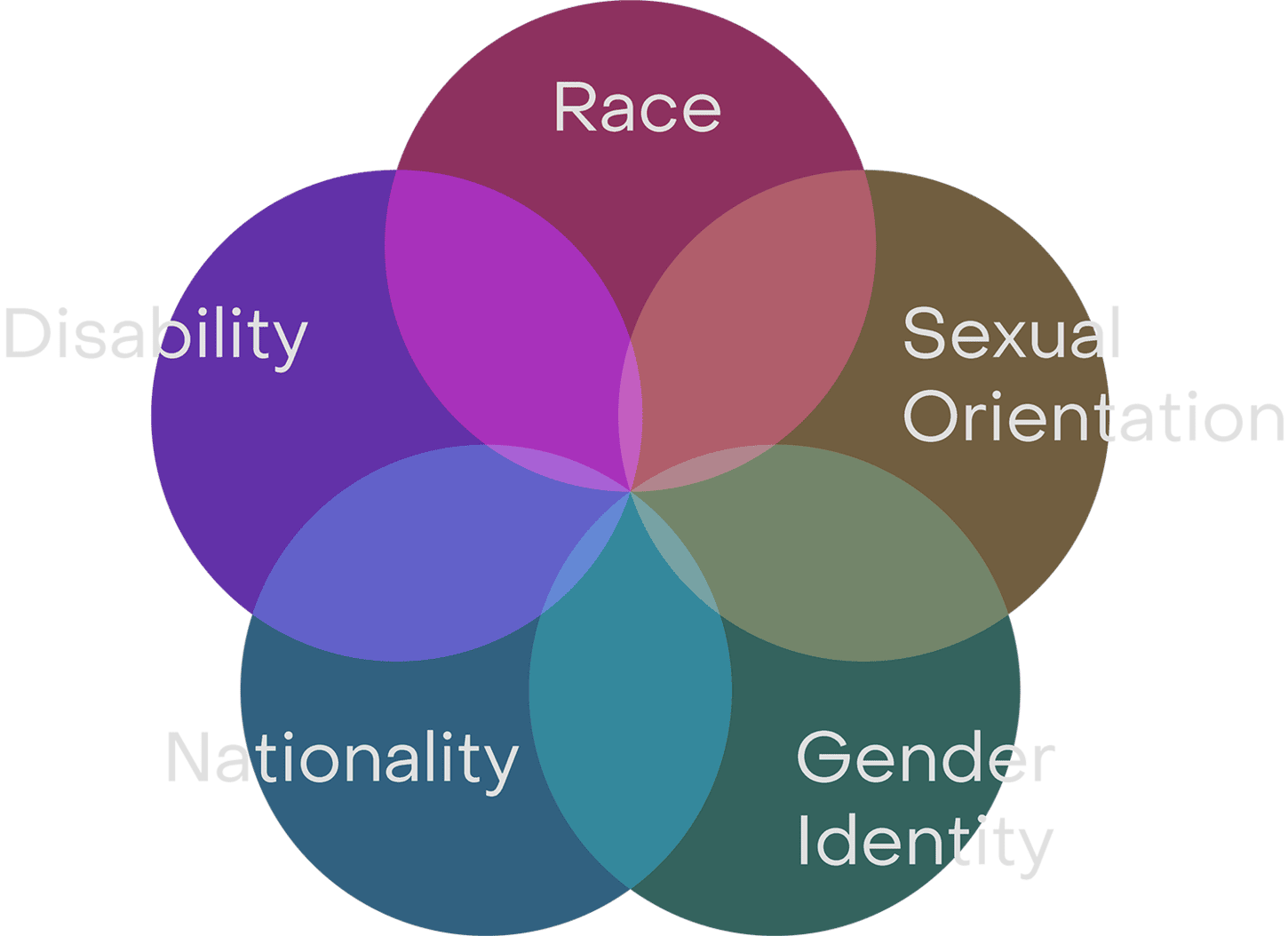Setting the stage: federal level accessibility legislation.
The American with Disabilities Act (ADA), signed into law by President George H.W. Bush on July 26, 1990, established a legal foundation for protecting people with disabilities. The ADA applies to state and local governments (Title II) and businesses that are open to the public (Title III) as specified by ada.gov.
Fast forward almost three decades. In 2019 Domino’s was sued for not having an accessible website that supports screen readers. Robles v. Domino’s Pizza, LLC is a seminal case in the development of ADA website accessibility claims. The case was settled after six years of litigation on June 6, 2022. The court ordered Domino’s to bring its website into conformance with W3C’s Web Accessibility Content Guidelines (WCAG) and to pay penalties to the plaintiff, setting a clear message that businesses must adapt or risk costly repercussions.
Robles v. Domino’s set a major precedent which has legally required all businesses within the United States operating online to conform with WCAG. Published by the W3C on October 5, 2023, WCAG 2.2 Level AA has been adopted as the most prominent technical standard for digital accessibility and is recommended by accessibility experts around the world. It is frequently referenced by the Department of Justice and upheld by the US federal court system.
California state legislation: the Unruh Act.
In the state of California, the Unruh Civil Rights Act (officially California Civil Code section 51) seeks to protect individuals from discrimination on the basis of disability. As of a 1992 amendment, businesses that do not comply with federal accessibility requirements under the ADA are also in violation of Unruh. While Unruh is specific to physical structures within California, its reach has been extended to digital assets including websites based on technicalities upheld by plaintiffs’ lawyers.
Under section 52 of the California Civil Code, winning plaintiffs in lawsuits are entitled to up to 3x the actual damages caused and no less than $4,000 in statutory damages. Damages may also include emotional distress (source: Kris Rivenburgh, Author of the ADA Book).
It’s important to contrast this with the ADA which does not permit damages for plaintiffs themselves. With Unruh, damages do apply, making filing inaccessibility claims a more lucrative move in California than elsewhere in the US. This is a prominent concern especially for California-based small and medium sized businesses that may not have the capital to cover legal fees if taken to court for unintentional web accessibility violations.
Since 2019, there has been a notable surge in California website accessibility lawsuits filed. This is largely due to an industry that has not evolved fast enough with legislation passed. In 2020 accessiBe’s Web Accessibility Annual Report mentioned that 98% of the world’s top one million websites are not accessible from a legal perspective (source: ISEMAG).
Envisioning a web where all people belong and thrive.


The Venn diagram above depicts five equally overlapping circles, each in a different color. The circles are labeled race, sexual orientation, gender identity, nationality, and disability.
From 2019 onwards, the web has been rapidly moving towards inclusivity – not just toward those with disabilities, but also of different orientations. Inclusivity equates to intersectionality in this context, which covers a lot of ground.
We’ve progressed to a new frontier where self-identity is acknowledged with care. Personal pronouns are now standard when it comes to respectfully addressing and recognizing individuals online and in person. Their adoption places self-identity at the forefront of social interaction within our communities. This is a tenant of Diversity, Equity & Inclusion (DEI), a prominent field which has also gained powerful momentum as a result of a more inclusive and forward-thinking web where all can participate and be heard.
The concept of inclusive design practice will be normalized over the next decade. The most successful businesses are factoring inclusivity into their design processes and making sure their teams are being intentionally intersectional with what they are creating.
Razorfrog’s WCAG conformance process is thorough, effective and independently validated.
Our team of web design and development experts is committed to a culture of accessibility and inclusivity. This begins with the tenets of accountability and transparency. Similarly to our amphibian namesake, we have taken the initiative to adapt to the evolving legal environment and are dedicated to protecting our clients from unintentional web accessibility violations and lawsuits.
As a small yet agile web design firm, we’ve performed our due diligence and made significant improvements to our accessibility workflow in order to deliver an exceptional WCAG conformant product. Our accessibility lead, Scott Werley, has developed a novel auditing checklist document for manually reviewing the most prominent WCAG 2.2 Level A/AA/AAA criteria items impacting a site’s level of accessibility. This spreadsheet also serves as documentation for verifying conformance if a claim were to be made against your website. We are confident in our offerings and our capabilities to ensure your site’s ADA accessibility requirements are met.
Since 2019 we’ve assisted a multitude of clients to fulfill WCAG conformance to meet the ADA’s requirements. Scott has addressed the most common accessibility violations incurred in his post The Fundamentals of Web Accessibility published in January 2022. This is a helpful resource for any business working towards having a WCAG conformant website.
Our proven accessibility conformance workflow is independently validated by Google’s automated site performance tools Lighthouse and PageSpeed Insights, as well as reputable third-party scanning services such as Siteimprove and AccessibilyChecker.org. We include copies of all accessibility scans performed within our documentation notes as supplemental proof of conformance.
Our sites are built with accessibility best practices in mind and not as an add-on.
WCAG 2.2 Level AA conformant design and development (the standard referenced by the US federal court system).
Razorfrog’s audit checklist document identifies the most prominent Level A/AA/AAA criteria items impacting your site’s accessibility.
Independently validated by reputable third-party services (Google Lighthouse, PageSpeed Insights, Siteimprove, etc.).
Accessible color palettes assembled during our site design process are made available upon request in PDF format.
Overlays are not viable solutions for creating a truly equal browsing experience.
Razorfrog does not promote nor recommend accessibility overlays implemented via plugins, widgets or third party services as an acceptable alternative for responsible WCAG conformant design and development practices. We’re focused on doing right by our clients and uphold the fact that accessible design is indicative of a website’s overall performance, quality and craftsmanship.
Unfortunately, overlay solutions such as UserWay and accessiBe are heavily marketed as magic bullets for accessibility and have cashed in on these concerns with band-aid products that cannot achieve WCAG conformance as outlined on overlayfactsheet.com. They are altogether unnecessary, poorly placed within the technology stack, and should be discouraged as long-term solutions. They also do not stand in the court of law to be viable solutions as illustrated by the precedent-setting Eyebobs case in October 2021.
If it sounds too good to be true, then likely, it is. Overlays are a quick fix that can often create more problems than they solve. Please contact us if you have further questions about accessibility overlays. We’ll be happy to chat more about this with you.

